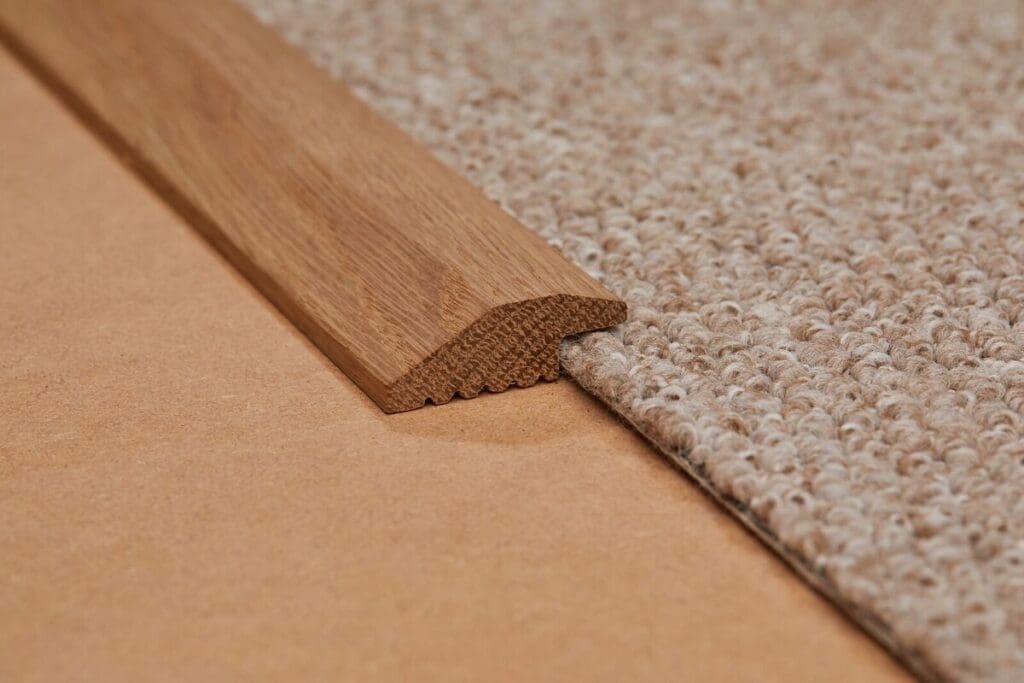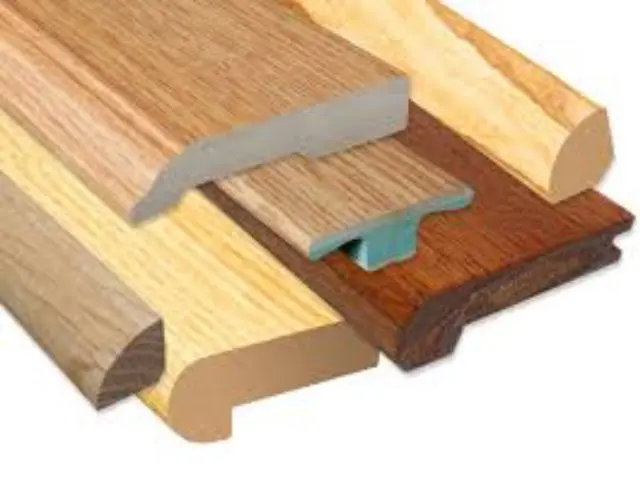
Different types of wood transitions and thresholds
You can transition many different ways when installing or adding new wood floors to your home.
TOOTHING OR WEAVING IN
This is when we are installing new wood in room and the adjoining room also has the same wood floors. When we tooth or weave in, we will remove boards in the adjoining room, at a random pattern, then weave in randomly the new wood flooring, as to make it a seamless transition. After this transition, both rooms will need to be sanded and finish. This is usually the most desirable way to transition both rooms and usually the most costly, as it involves a lot more time and carpentry work.
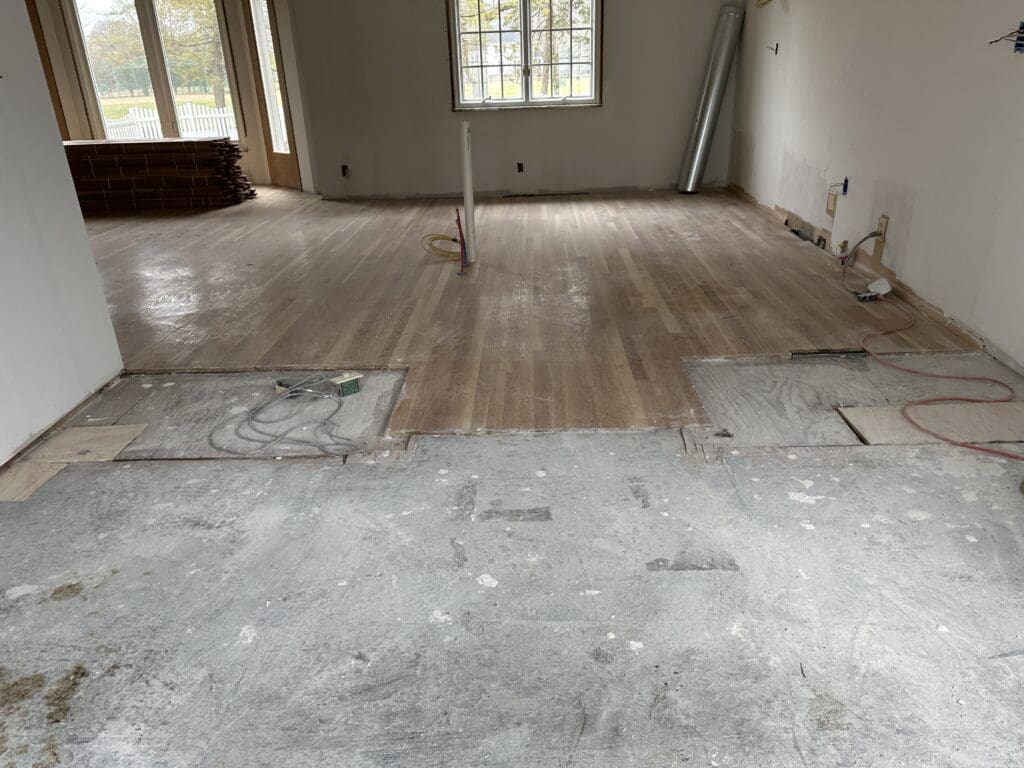
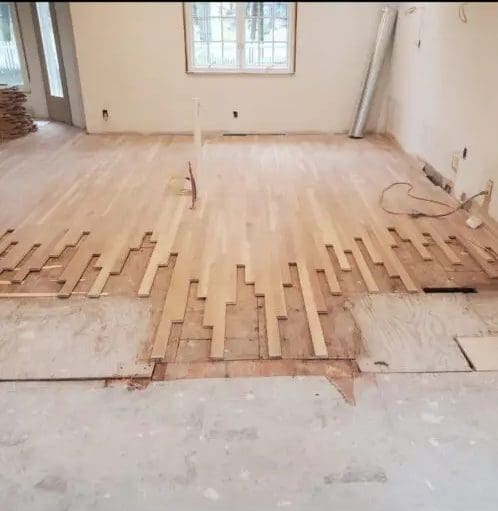
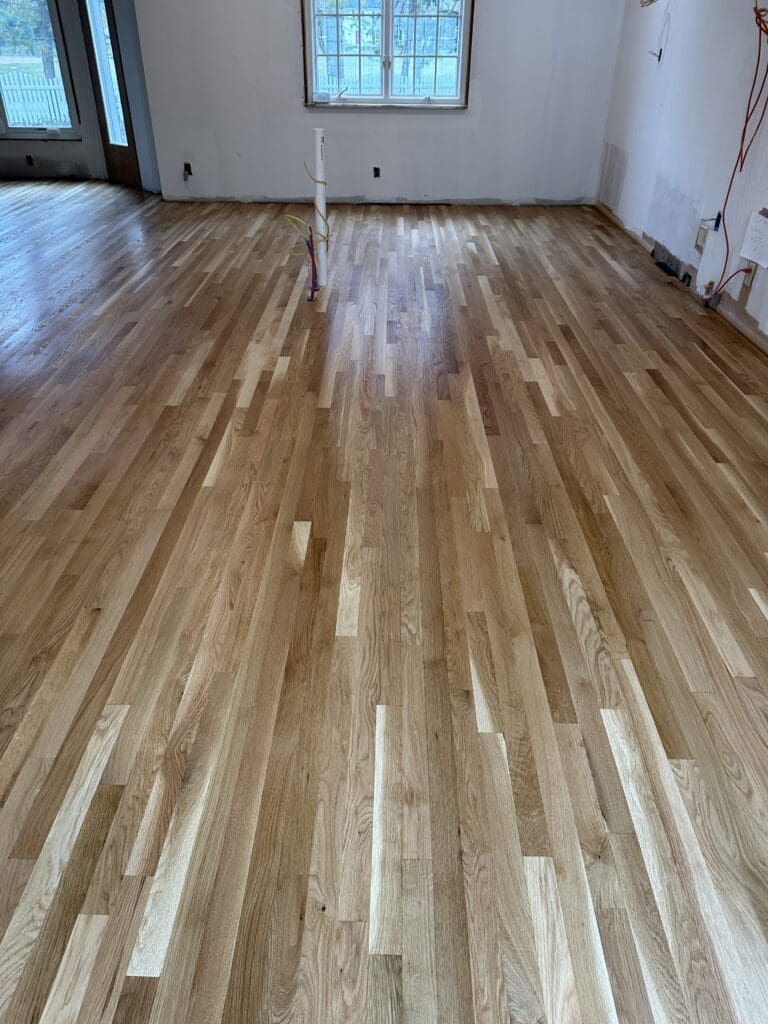
If you were wondering the wrong way to perform this service, it looks something like this!
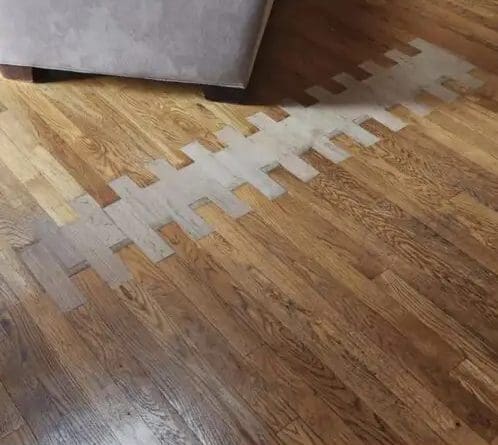
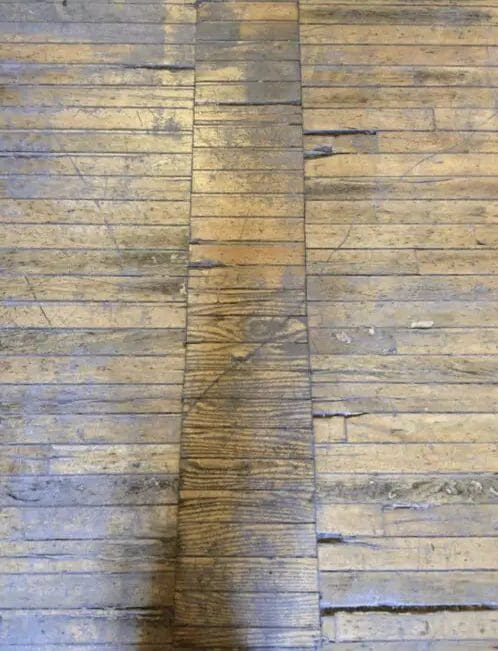
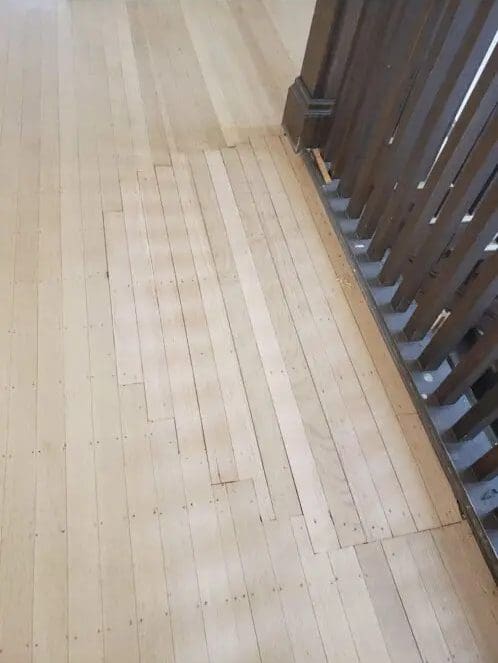
REDUCERS
When installing a wood floor that is slightly higher than the adjoining wood floor, a reducer is often used. This transition piece start off flat, on the same plane as the adjoining room, then bevels down, at 20 degrees to the new wood floor, acting as a tiny ramp to tie the 2 areas together, so there is not a trip hazard. We find that this blends these two areas together seamlessly for up to 1” of a height difference. Here are what some reducers, that we have custom milled and installed, look like.
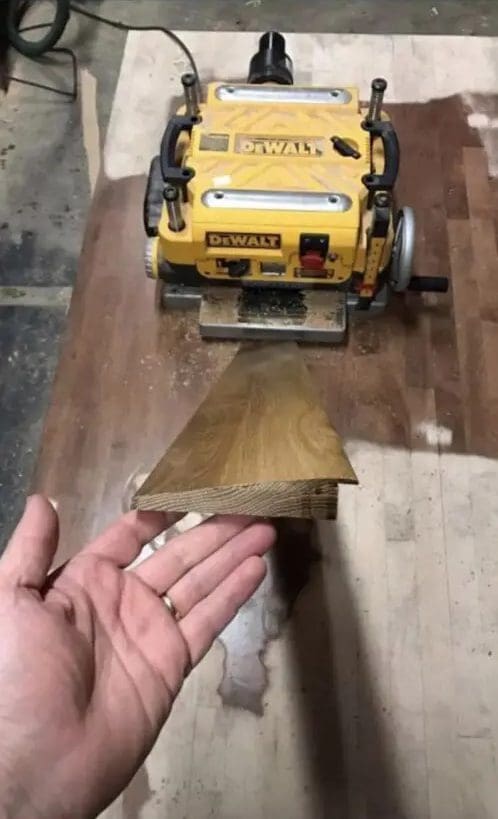

CARPET TO WOOD THRESHOLDS
Sometimes we are installing a wood floor next to carpeting, when we do this sometimes we will install a “carpet to wood threshold” that saddles the carpet and the wood and can get stained and finished to match the wood floors. Those look like this:

